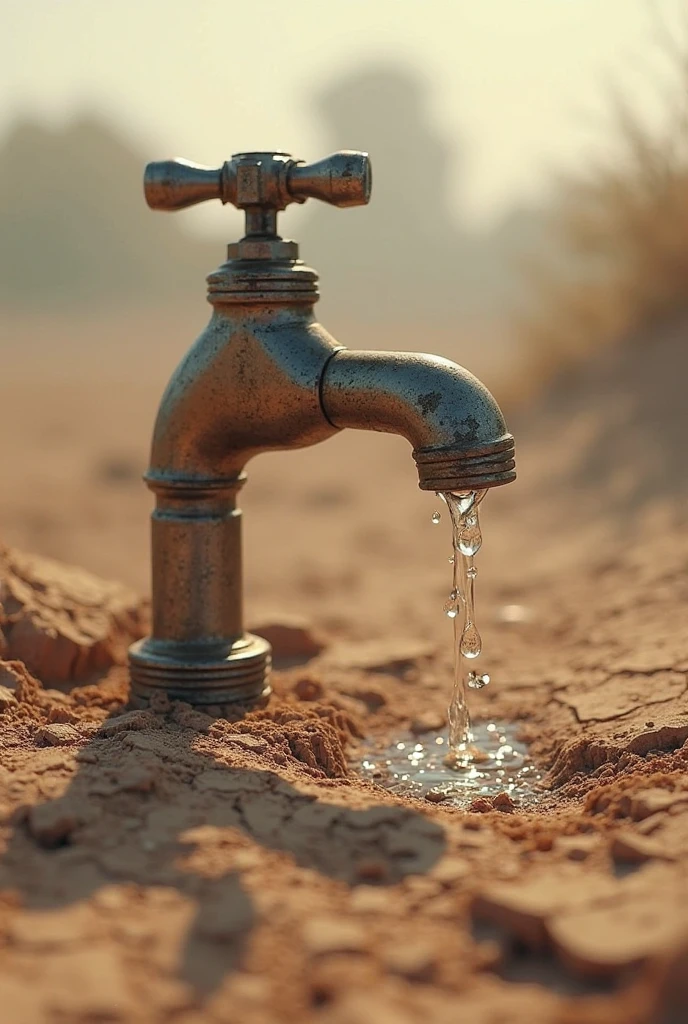W5: "The School that Runs on Kindness and Solar Power" (Supports SDG 4, 7, 10)
Nestled on the edge of a quiet hill, surrounded by wildflowers and whispering trees, stands Solana Academy, a school unlike any you’ve ever seen. Its rooftops glitter with rows of sleek solar panels, angled perfectly to catch the morning sun. Small wind turbines line the perimeter of the garden, their gentle hum like background music to a place that hums with hope. But what truly makes Solana Academy shine isn't just its renewable energy sources, it's the spirit of kindness and inclusion that runs through every hallway, every classroom, and every interaction.
The school building itself is a marvel of sustainability and warmth. Its walls are made from recycled materials, layered with insulation made from repurposed denim and natural fibers, keeping it cool during hot seasons and warm during rain. Every classroom is lit by daylight filtering through smart glass windows that adjust their transparency based on the brightness outside. At night, soft LED lights powered entirely by solar energy illuminate the spaces. Rainwater is harvested, filtered, and reused for gardening and cleaning, while food scraps are composted and returned to the school’s rooftop gardens, where students grow their own vegetables as part of their environmental science lessons.
But the soul of Solana Academy is its people. In this school, no student is left out or left behind. From the moment they step onto the campus, they are greeted not just by teachers, but by fellow students trained as Welcome Ambassadors, who make sure every new face feels like they belong. Classrooms are not divided by age alone, but also by interest and need, some students learn at their own pace, others in peer-supported circles, with an emphasis on collaboration rather than competition. The grading system is based not just on test scores, but on growth, effort, and empathy.
Here, empathy isn’t just a side lesson, it’s a core subject. Students learn active listening, emotional intelligence, and how to resolve conflicts peacefully. Every Friday, there is a “Circle of Voices” session where students sit in a circle, pass around a speaking stone, and talk openly about their feelings, their dreams, or the challenges they’re facing. Teachers act more like mentors, guiding students through not just academics, but life. One student, Mika (age 11), shared in an interview, “Before I came here, I was scared to speak up because of how different I looked and talked. But now, everyone listens to me. I feel important.”
Inclusion is woven into every detail of the school’s design and culture. There are ramps and elevators for students with mobility needs, books in braille, and AI-assisted hearing systems in classrooms. Lunch menus cater to different dietary needs and cultures, and classrooms are decorated with murals of global heroes, from activists to artists, in all shapes, shades, and backgrounds. Instead of uniforms, students wear badges representing values they care about, like "Respect," "Creativity," or "Curiosity." There’s even a student-run “Kindness Committee” that plans monthly events, from bake sales that fund clean water projects to welcome parties for refugees or transfer students.
Solana Academy is also deeply rooted in the community. It holds open workshops every weekend for parents and locals on topics like sustainable living, mental wellness, and cultural celebration. The school’s clean energy model has inspired surrounding neighborhoods to install their own solar panels, and its food garden has become a model for nearby schools looking to reduce cafeteria waste. Its success has started conversations in other cities, where educators are now rethinking what school should feel like, not just a place of academic learning, but a space of emotional safety, creativity, and responsibility.
What makes Solana so powerful is not just the way it teaches math or science, but how it teaches meaning. In a world where children often feel overwhelmed by the weight of climate change, inequality, and exclusion, this school gives them the tools not just to cope, but to create change. They grow up knowing that clean energy is possible, that kindness is powerful, and that every single voice matters.
Our current schools could learn much from this model. What if every school taught empathy the way it teaches algebra? What if every building ran on renewable energy and produced zero waste? What if no child ever had to feel unsafe, unseen, or unworthy in a place meant to nurture them?
Solana Academy reminds us that the future of education isn’t just about smarter students, it’s about better humans. And that’s a lesson we all need to learn.
United Nations. (n.d.). Goal 4: Ensure inclusive and equitable quality education and promote lifelong learning opportunities for all
https://sdgs.un.org/goals/goal4
United Nations. (n.d.). Goal 7: Ensure access to affordable, reliable, sustainable and modern energy for all
https://sdgs.un.org/goals/goal7
United Nations. (n.d.). Goal 10: Reduce inequality within and among countries
https://sdgs.un.org/goals/goal10
AI Generated Image
https://www.seaart.ai/




Comments
Post a Comment